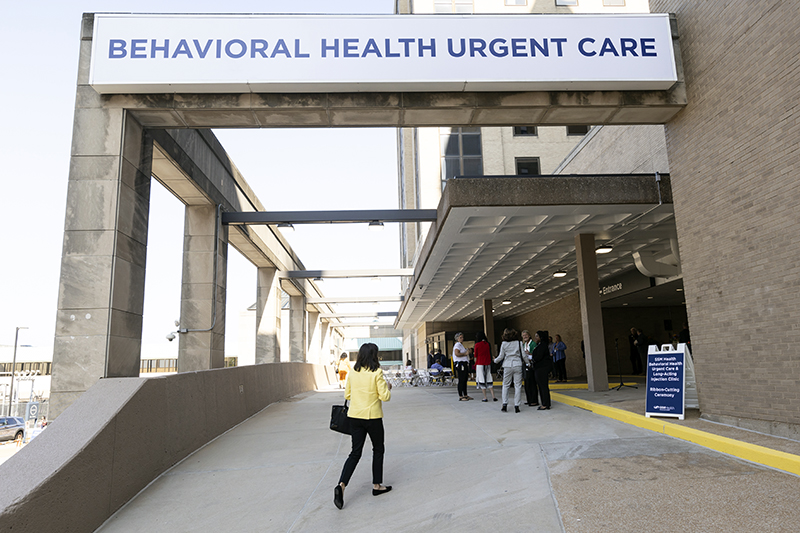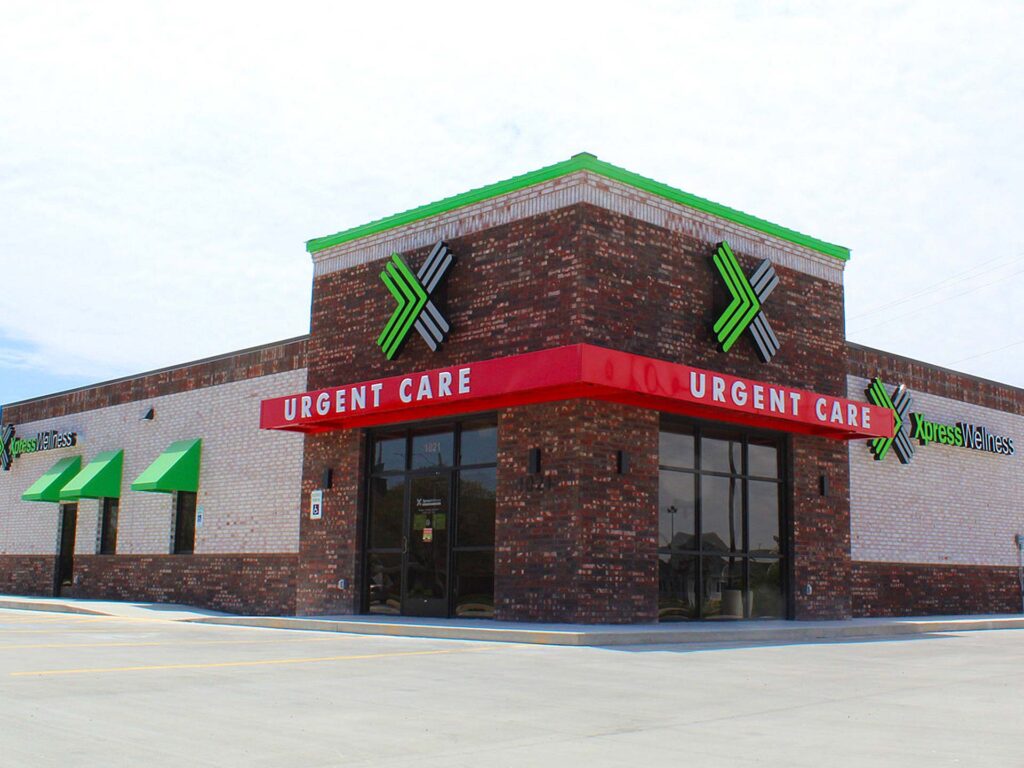Exactly How Urgent Care Clinics Enhance Access to Healthcare for Patients With Immediate but Non-Emergent Medical Needs
Immediate care clinics have actually emerged as a crucial element in the health care landscape, addressing the demands of clients that require immediate interest for non-emergent problems. By operating beyond standard office hours and using a structured method to small injuries and health problems, these centers not only minimize the burden on emergency divisions yet additionally improve total individual accessibility to prompt care. As we think about the implications of this model, it comes to be necessary to check out how urgent treatment facilities are changing person experiences and results in methods that merit further exploration.
Role of Urgent Treatment Clinics
Immediate care clinics play an essential role in the healthcare system by giving easily accessible and prompt medical services for non-life-threatening conditions. These facilities serve as a vital bridge in between medical care providers and emergency divisions, successfully minimizing the worry on medical facilities while ensuring clients receive timely treatment. By operating prolonged hours, including weekends and evenings, immediate care facilities cater to people who may not have the adaptability to check out a standard medical professional's workplace throughout common business hours.
The range of solutions used at immediate care centers consists of therapy for minor injuries, diseases, and analysis solutions such as X-rays and research laboratory tests. This breadth of care enables individuals to resolve a range of wellness worries without the lengthy delay times usually connected with emergency clinic. Urgent care facilities commonly use a diverse group of health care experts, including medical professionals, registered nurse specialists, and medical professional assistants, that are geared up to take care of different medical circumstances.
Advantages of Immediate Access

Furthermore, instant accessibility reduces the concern on medical care companies and emergency situation departments by diverting less crucial cases to appropriate settings. This relieves congestion in emergency clinic, enabling those with real emergencies to receive the immediate care they require without unnecessary hold-ups.
Additionally, the convenience of extensive hours and walk-in schedule means that individuals can seek care without the demand for appointments, which is particularly advantageous for individuals with unforeseeable schedules or those who may experience unexpected wellness problems. - Urgent Care
The access of urgent treatment facilities fosters an aggressive technique to wellness, encouraging clients to look for clinical guidance and treatment earlier instead of later. This not just boosts client complete satisfaction yet also promotes a culture of precautionary care, ultimately causing healthier neighborhoods.
Contrast With Emergency Clinic
Often, people locate themselves unsure whether to go to an immediate care facility or an emergency situation area when faced with a medical issue. Urgent care facilities are developed to resolve immediate but non-emergent clinical worries, such as small injuries, infections, or diseases.
In comparison, emergency situation spaces are equipped to handle life-threatening circumstances and extreme clinical emergency situations, such read more as cardiovascular disease, strokes, or significant injury. These facilities supply sophisticated diagnostic tools and expert appointments, which can bring about much longer wait times for people with much less crucial issues. Generally, emergency situation rooms often tend to be a lot more pricey than immediate treatment facilities, making immediate care a more cost-effective choice for non-emergent requirements.
Inevitably, while both urgent care centers and emergency clinic play vital duties in the healthcare system, comprehending their particular functions allows individuals to pick the proper setting based upon the seriousness and nature of their medical issues.
Solutions Provided by Urgent Care
Immediate treatment clinics offer a vast range of solutions customized to attend to non-emergent medical requirements, making them a practical alternative for individuals seeking prompt focus. These centers are geared up to deal with various conditions, including small cracks, sprains, and lacerations, which need immediate care but do not necessitate emergency clinic treatment.
Furthermore, urgent treatment facilities use analysis solutions such as X-rays and research laboratory tests, enabling quicker evaluation and therapy of illnesses. Patients usually present with typical conditions like colds, flu, and infections, which can be efficiently managed on-site. Moreover, urgent care centers often offer preventative solutions, including inoculations and wellness testings, contributing to total public wellness.
An additional vital solution provided is the management of his response persistent problems intensified by intense signs and symptoms, such as asthma or diabetes mellitus, ensuring clients receive timely care without frustrating emergency solutions. Several clinics additionally extend their hours past conventional office routines, improving availability for individuals that may require treatment throughout weekend breaks or nights.
Improving Client End Results

Immediate treatment clinics are furnished to handle a variety of non-emergent medical concerns, including small injuries, infections, and health problems. Their focus on easily accessible, premium care permits clients to obtain preventative services and ideal therapies, fostering much better health and wellness monitoring. Moreover, these clinics typically employ a multidisciplinary approach, integrating different medical care professionals to make certain extensive care.
Person education is likewise a key component of boosting outcomes. Urgent care service providers often use support on follow-up treatment, preventative procedures, and way view of living alterations, equipping individuals to take an active duty in their wellness. Subsequently, the combination of prompt accessibility, specialist care, and individual education and learning not only improves satisfaction but also results in boosted lasting health and wellness results, reinforcing the value of immediate treatment facilities in the healthcare continuum.
Conclusion
In recap, urgent treatment centers offer a vital role in enhancing health care access for clients with prompt, non-emergent medical needs. Ultimately, immediate treatment facilities are necessary in connecting the void between main treatment and emergency services, ensuring obtainable and effective medical care for areas.
On standard, emergency situation areas often tend to be extra pricey than urgent treatment centers, making immediate care a much more economical choice for non-emergent needs. (Urgent Care)

Eventually, immediate care centers are vital in bridging the space in between key treatment and emergency solutions, making sure efficient and available health care for neighborhoods.